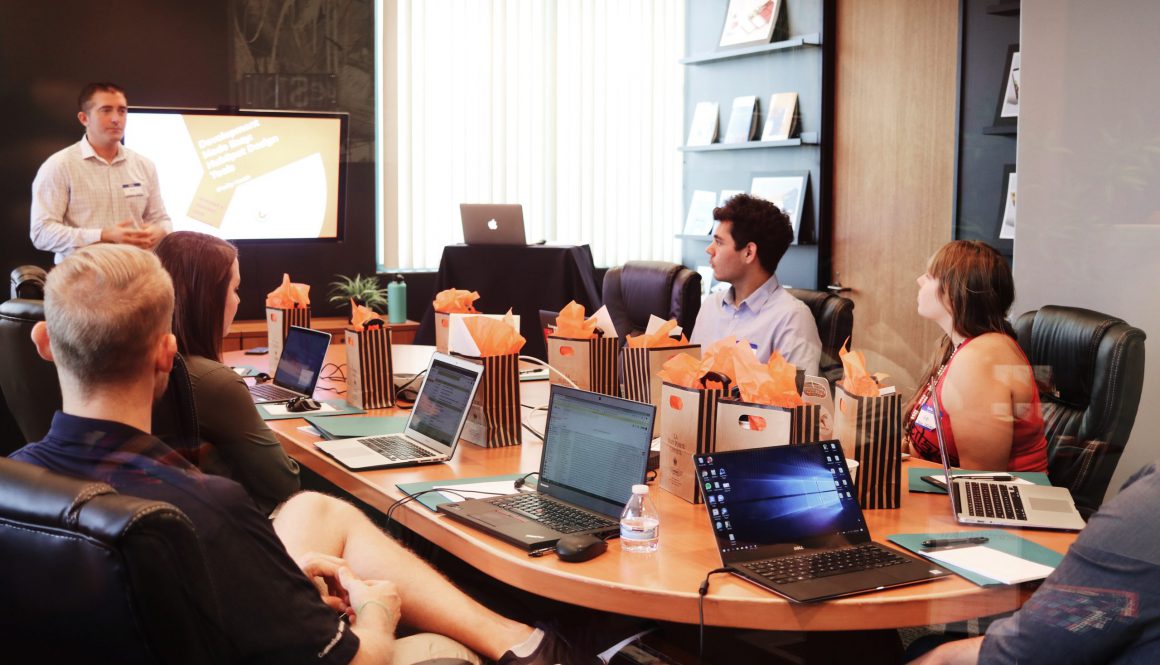Associations Next: Board Meetings 101
If you had to identify, in one word, the reason why the human race has not achieved, and never will achieve, its full potential, that word would be “meetings.” -Dave Barry
Meetings have a bad rap. Many of us dread them—mostly because without the right preparation and care, they can be ineffective and time consuming. Boards of associations must be diligent and purposeful with their time in meetings, while also making them engaging and—get this—FUN.
Eric Ewald, CAE explains “Running efficient and productive meetings is a way to respect the valuable time of volunteer leaders. Done well, effective meetings will increase board member engagement, retention, and recruitment.” In this post, we walk you through top tips to run board meetings so your leaders walk away feeling energized and inspired.
- Prepare: Preparing well for a meeting makes it more productive. Association board members are volunteers who have other priorities that may take precedent from time to time. Still, board members have a legal obligation to stay on top of information relating to the organization and items pertaining to meetings. According to Board Build, one helpful way to improve meetings is to send out ahead of time the agenda and relevant readings that will be discussed in the meeting. When everyone is on same page and has already reviewed the information, less time is spent going over things that could be read outside the meeting.
- Listen to others: We started learning this lesson in preschool, but it doesn’t hurt to be reminded even today. Nonprofit hub explains that actively listening to everyone on the board is crucial to having an effective, cooperative board. Some quieter members may feel overshadowed by more extroverted members, so make sure everyone has their time to speak. Further, go into meetings with an open mind. Hear everyone out, especially if ideas seem different to you. Not only will this help the board progress, but it could help you grow too.
- Rotate who leads sections: Don’t be afraid to shake things up from time to time. Giving board members time to speak in front of the rest of the board can help build connection and confidence in each member’s ability to lead. The Council of Nonprofits explains that this also helps with sharing information and engaging board members.
- Set clear roles: Board Build explains that setting clear roles ensures that everyone on the board understands their purpose. When roles are clearly understood, less time is used on separating out tasks. This also creates less conflict between board members when there is no confusion on who handles what.
- Give each item a time frame: Assign times and stick to them. Start and end your meetings on time, but also assign times to agenda items and stick to the schedule. There will always be more to talk about—but move things along. The Council of Nonprofits explains that this makes the board more productive and demonstrates to your board that their time is valued. “Running efficient and productive meetings is a way to respect the valuable time of volunteer leaders. Done well, effective meetings will increase board member engagement, retention, and recruitment.”
- Recognize: We all know that recognizing employees makes them happier and more effective. The same applies to your board. Nonprofit hub explains that gift cards and dinners are great, but simple things like a sincere thank-you at the end of the meeting or a follow-up email recognizing their dedication is enough to motivate the board.
There is no one correct way to run a board meeting, but themes that make meetings great are fairly consistent across the board (no pun intended): committing to time, preparing, team building, and recognition. Get your board on the right track so your organization can keep doing awesome things!
To learn more, check out our podcast, Associations Next

